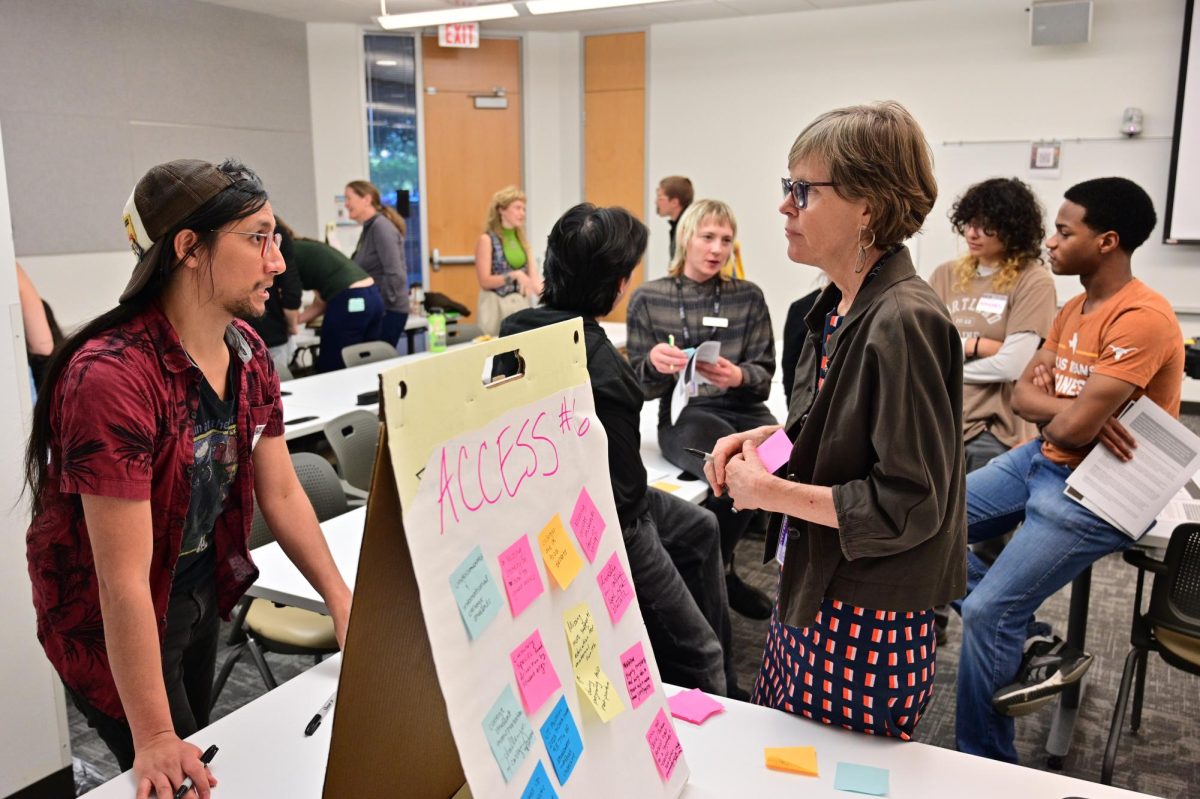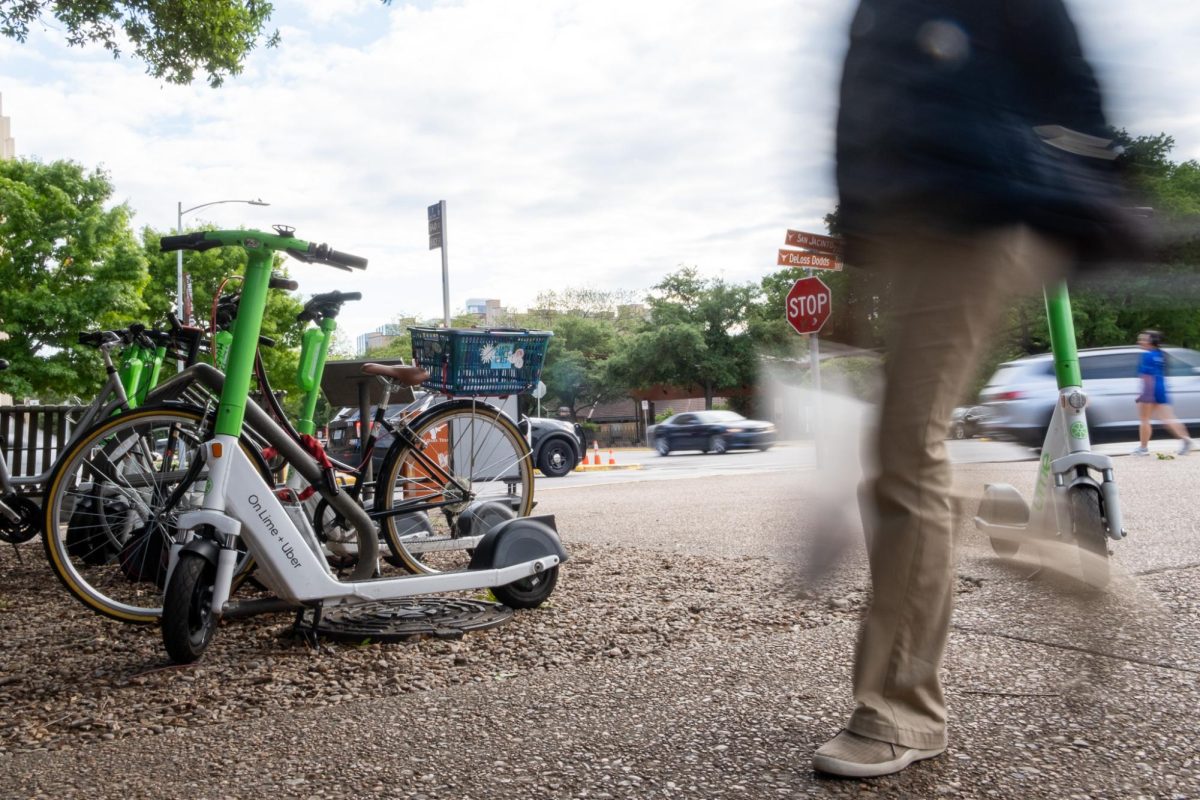Austin City Council may choose to vote on banning so-called “stealth dorms” at its meeting Thursday, even though a study assessing the impact of the ban on housing affordability concluded that there was not sufficient time to determine the potential effects of the ban.
The study, which was released Monday, was conducted in six weeks, although Sheryl Cole, city councilwoman and mayor pro tem, originally proposed that an eight-week period be allowed. The council ultimately voted in favor of Councilman Chris Riley’s amendment to shorten the analysis period to six weeks, which passed 6-1.
In February, Austin City Council made an initial vote to pass the city code amendment, which would lower the number of unrelated adults who can live together in a house or duplex from six individuals to four. The amendment would only apply to residential complexes built in the future.
The amendment must be voted on two additional times before it is passed, with the second vote scheduled for Thursday, though Cole, speaking at a Student Government meeting Tuesday, said there is a possibility the council will take both the second and final votes necessary Thursday.
The economic study was conducted by the Austin Board of Realtors, who worked with Civic Analytics LLC, a research and consulting firm.
Civic Analytics founder Brian Kelsey, who was the principal researcher of the analysis, said in the report he thinks a more in-depth analysis is necessary if City Council members want to know the impact the ban would have on housing affordability.
Kelsey said he does not know how long a more in-depth analysis would take but thinks it would be beneficial to make any significant conclusions.
“You really need a housing economist to weigh in on this, or at least somebody much more familiar than I am with housing economics,” Kelsey said. “If more time leads to a more thoughtful analysis and results in a more data-driven evaluation of the proposed policy, then I’m all for it.”
According to Kelsey, the report reflects a city-wide issue rather than one that pertains only to University students. Kelsey said the city requested data from UT that could not be produced in the six weeks allotted for the report.
“It’s a preliminary analysis that was done in a span of about 72 hours after waiting nearly four weeks to collect as much data as we could,” Kelsey said. “My hope is that it presents a new way of analyzing the issue and that it can undergo some peer review and further refinement if anybody is interested in additional study.”
Lorre Weidlich, Hyde Park Neighborhood Association steering committee co-president, said she does not think the progress of the amendment will be affected by the report’s findings.
“[The researcher] drew some correlations, but, aside from that, he couldn’t draw any causations,” Weidlich said. “I don’t think the city council members will find this report any more useful than I did. I doubt that [they’ll request more time].”
According to Weidlich, the association cannot afford to wait much longer for the amendment to pass because historic houses would be torn down by developers and replaced with large duplexes.
“This ordinance is only for two years,” Weidlich said. “Take that two years and do a good analysis during that period, and then revisit the question.”
When the council originally debated and passed the first vote, councilman Bill Spelman — the only council member who voted against the ordinance — said he felt the data was necessary in order to make an informed decision.
“We’re flying blind,” said Spelman, who also serves as a professor in the LBJ School of Public Affairs. “We’re talking about a potentially enormous change in land usage in the city without any analysis, with only qualitative affordability assessments.”
The full report can be found below.




















